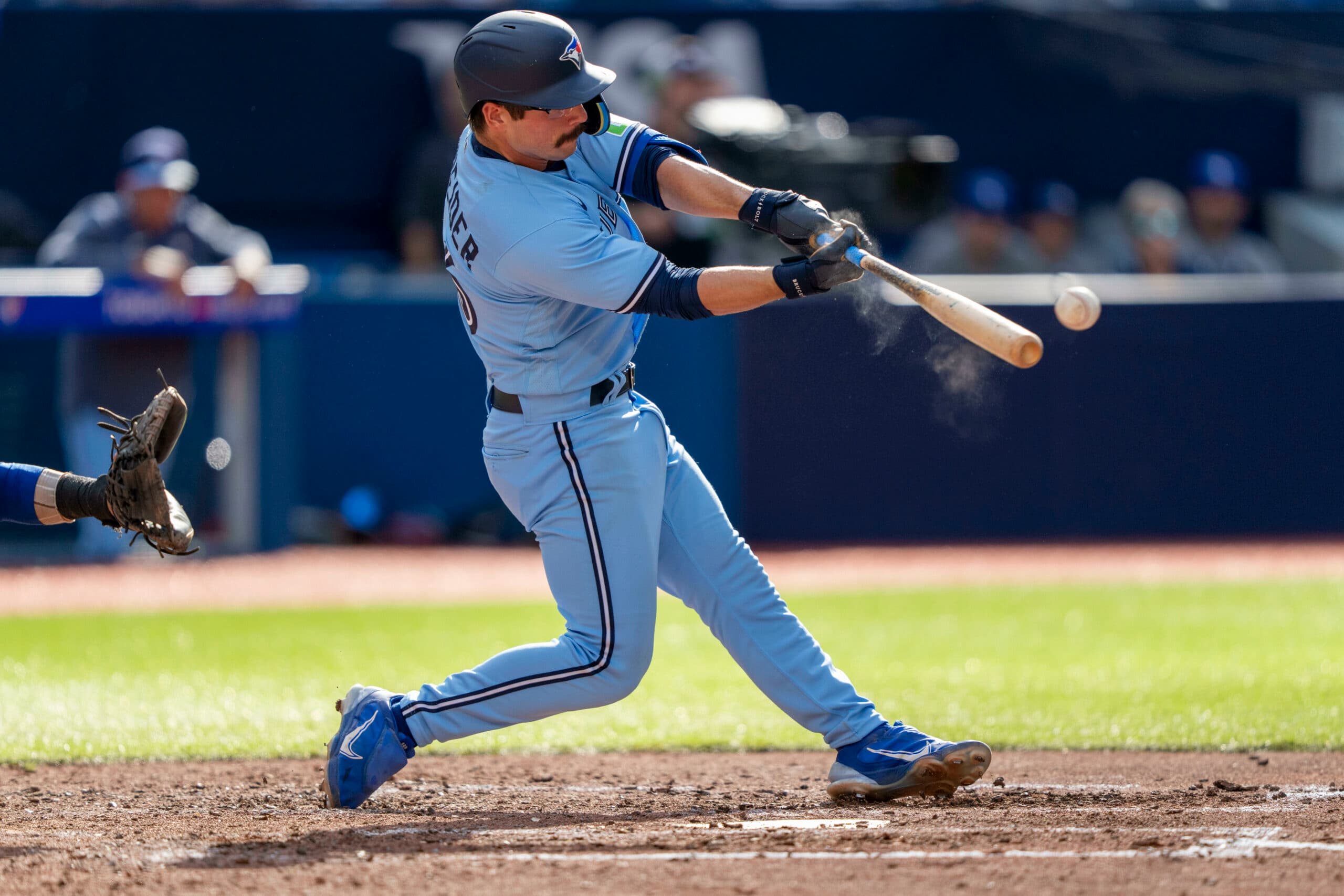It’s Davis Schneider’s turn to adjust versus big-league pitching
Photo credit: Kevin Sousa-USA TODAY Sports
By Thomas Hall
Aug 15, 2023, 14:45 EDT
Recent articles from Thomas Hall
- News and Notes: Scherzer to throw live BP, Swanson cleared to resume rehab assignment, Bloss lands on IL with elbow injury and more
- Blue Jays relievers are facing an unsustainable workload this season
- Report: Blue Jays pitching prospects Landen Maroudis, Brandon Barriera nearing returns to game action
Keep scrolling for the next article
Breaking News
- Throwback Thursday: The Blue Jays acquire Devon White from Angels
- MLB betting preview (May 8): Blue Jays vs. Angels predictions
- Tracking four bats the Blue Jays pursued this winter: Early 2025 results
- An overview of how Blue Jays catcher Alejandro Kirk is faring after signing his extension
- Instant Reaction: Blue Jays collapse in the ninth and get walked off by Angels
